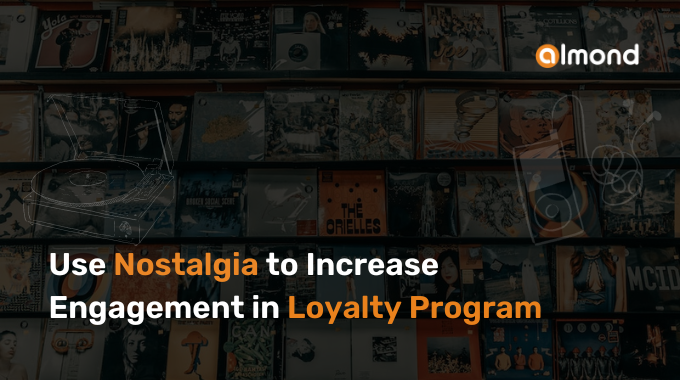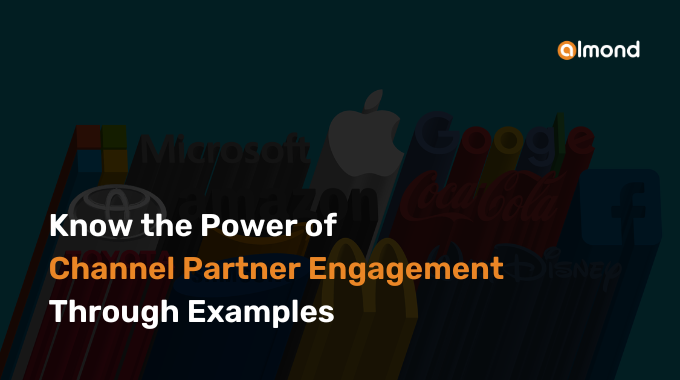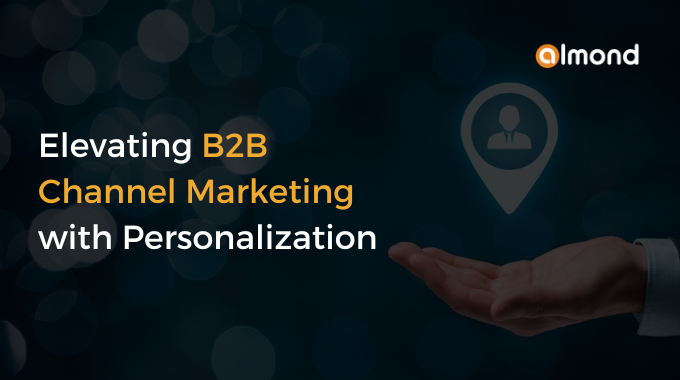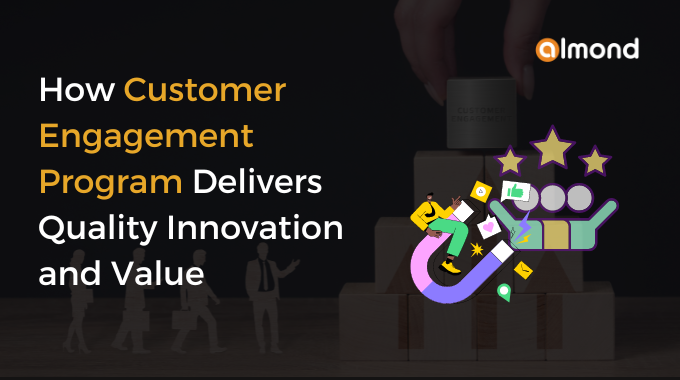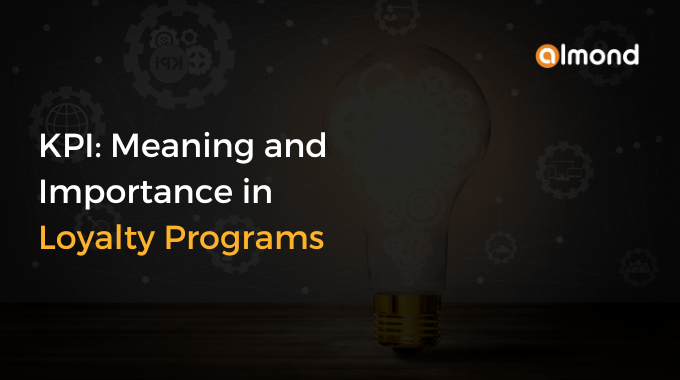PwC’s “Global Consumer Insight Plus Survey” report can help you boost your loyalty platform in 2023. It discloses the latest global activities and emerging trends that brought about significant changes in 2022.
In this annual survey, 9180 people from 25 territories worldwide participated. They provide invaluable insights into consumers’ preferences, attitudes, and behaviors. So, don’t miss out on the eye-opening facts revealed in PwC’s February 2023 report!
In this blog post, we will explore some of the key findings and observations from the pwc report.
Inflation Deflates Sentiments Defining Channel Marketing
As inflation soars, consumers are becoming savvier about reward programs. They’re seeking out tangible benefits and becoming less interested in loyalty programs that don’t deliver.

It led to a shift in the focus of loyalty platforms from soft benefits such as category badges, tier upliftment to hard benefits such as access to exclusive events or experiences, cash-back rewards and discounts.
Bumps in Supply Chain that Demotivate Channel Partners
In 2022, the pandemic-induced supply chain disruptions kept on rattling B2B channel marketing. Numerous companies grappled to keep their inventory levels steady and had to scale back their rewards programs.

However, companies that were able to adapt to the new reality by offering alternative rewards and incentives, such as virtual events and experiences, were able to maintain customer engagement and loyalty.
Expectations of Loyalty Platforms from Phygital World
In a world that’s constantly going digital, consumers crave an experience that smoothly blends the physical and digital worlds. And in 2022, companies are finally delivering on that demand by investing in cutting-edge technologies that create a seamless and personalized experience across all channels.

Looking to entice more customers to your store? Try out some fun and engaging incentive activities! One hot new trend is kiosk-based shopping, where shoppers can easily search and purchase items right in-store. Plus, there are loads of exciting rewards to be had! From personalized offers based on your customer data to digital rewards that you can redeem on the spot, you’ll never have more fun shopping!
Pandemic Pattern Plateau Defining Customer Behavior
While the pandemic had a significant impact on the loyalty program industry in 2020 and 2021, the report suggests that the impact of the pandemic began to plateau in 2022. Companies that were able to pivot quickly and offer new, relevant digital rewards and incentives to consumers during the pandemic are now reaping the rewards of their efforts.
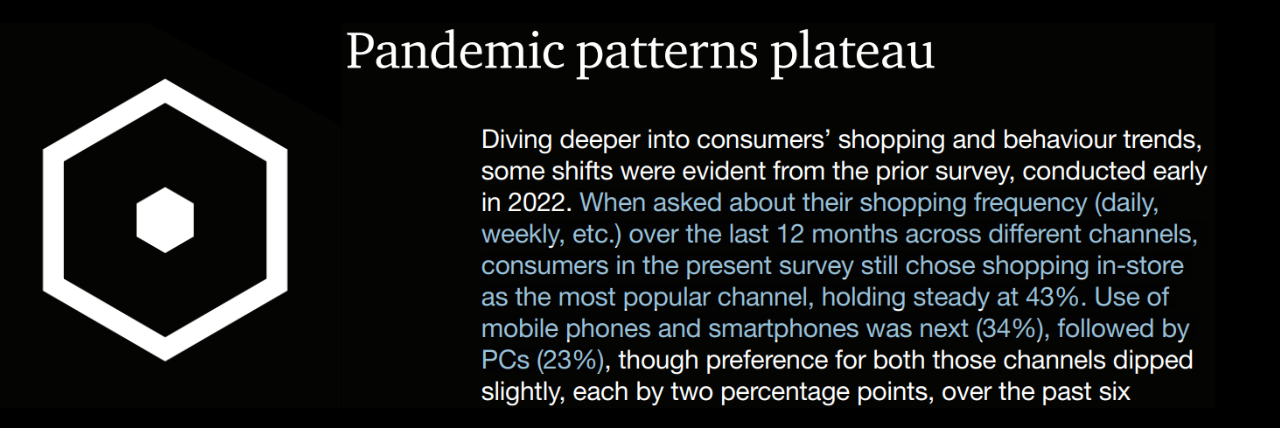
Data Privacy is Principal
The issue of data privacy continues to be a major concern for consumers, and companies that are transparent and responsible with customer data are more likely to build trust and loyalty. In 2022, companies that were able to demonstrate their commitment to data privacy by implementing strong data protection policies and procedures saw increased customer engagement and loyalty.

Reducing Friction in Hybrid and Virtual Stores
Hybrid and virtual stores continue to be important channels for B2B loyalty and rewards programs, but companies need to ensure that the customer experience is seamless and frictionless. In 2022, companies that invested in technologies that reduce friction, such as mobile checkout and self-service kiosks, were able to increase customer engagement and loyalty.

Next Step: Metaverse
The emergence of the metaverse presents new opportunities for B2B loyalty and reward programs. In 2022, companies that experimented with metaverse-based rewards and incentives, such as virtual currency and digital collectibles, were able to engage younger and more tech-savvy consumers.

These new technological advancements are looking promising for developing nations like India and Vietnam, as these can give a much-needed boost to their economy. While developed nations are moving cautiously as they take caution very seriously.
Personalized Loyalty Programs
Finally, the report emphasizes the importance of creating loyalty programs that are relevant and personalized to each customer. Companies that are able to leverage customer data to create personalized rewards and incentives are more likely to build long-term loyalty and increase customer lifetime value.
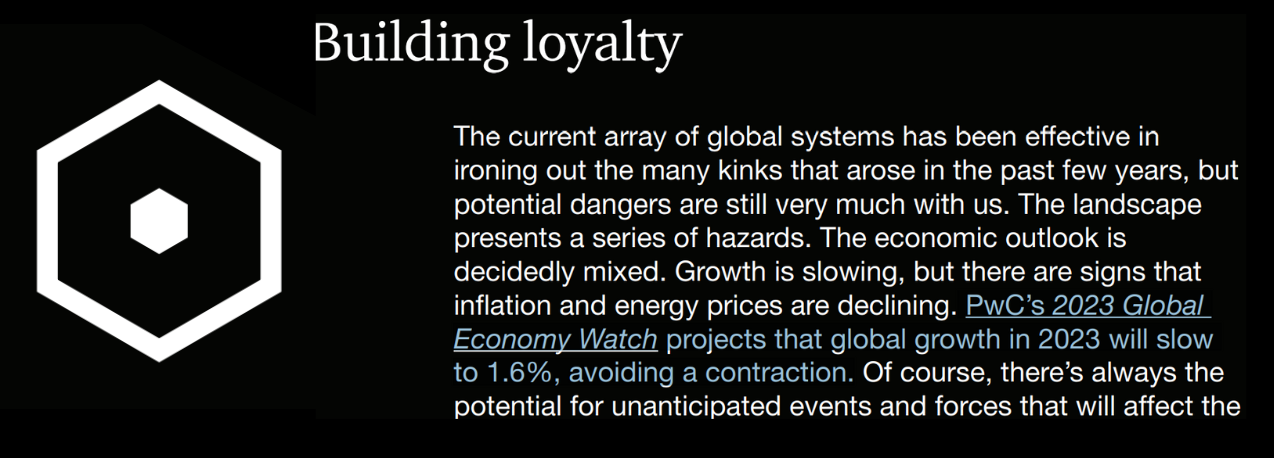
Conclusion
In 2022, B2B loyalty rewards program underwent a major transformation. Acute companies that embraced change and invested in cutting-edge technologies to elevate the customer experience reaped the benefits of stronger customer relationships and increased loyalty. But the game’s not over yet! As we look to the future, businesses must keep up the innovation and experimentation with fresh rewards and incentives to stay ahead of the pack.

